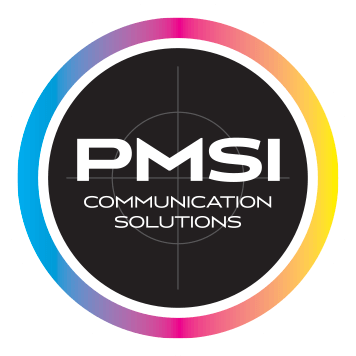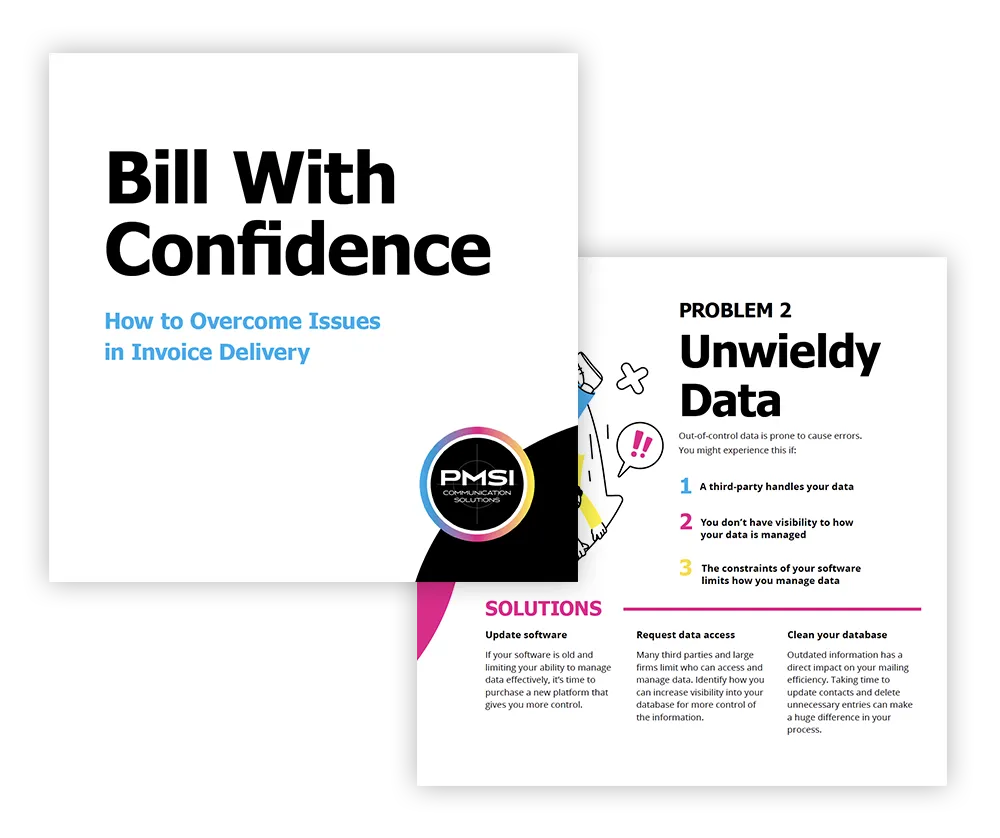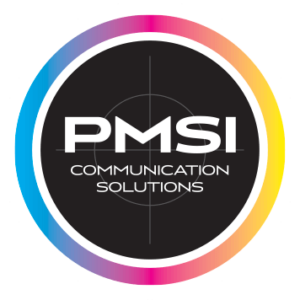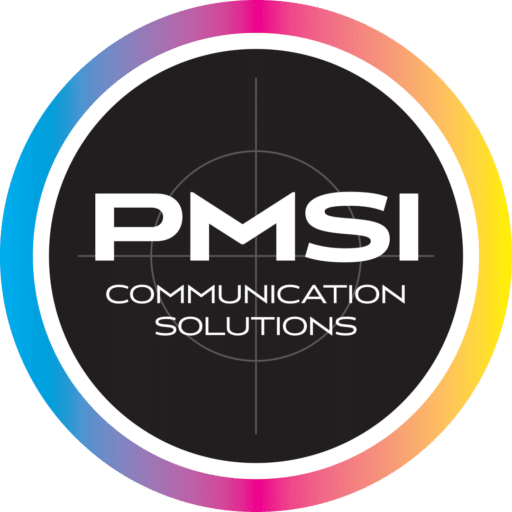Transactional mail is an important tool, often underestimated in its potential to foster deep, lasting customer engagement. According to USPS, over 90% of transactional pieces like bills, invoices, and statements are opened and read; this is a huge opportunity for you to connect with your customers.
It’s not just about delivering the necessary information; transactional documents provide a unique opportunity for businesses to connect with customers on a more personal level. This blog explores the role of transactional mail in enhancing customer engagement, highlighting its importance in building stronger, more meaningful relationships with customers.
Importance of Customer Engagement
Customer engagement is crucial for the success and growth of any business. It goes beyond simple interactions, fostering a meaningful connection between customers and the brand. This deep bond influences purchasing behavior and cultivates loyalty, which is paramount for business success. Loyal customers often transform into brand ambassadors, enthusiastically sharing their positive experiences. This organic promotion, known as customer advocacy, is an invaluable asset, serving as a potent and natural form of advertising.
Furthermore, strong customer engagement enhances brand awareness, broadening the brand’s reach and market visibility. Successfully engaging customers doesn’t only boost immediate sales; it lays the groundwork for sustained growth and future success. In summary, effective customer engagement is essential, acting as a strategic cornerstone for the long-term viability of a business.
Understanding Transactional Communications
Transactional communication plays a vital role in the efficient and accurate handling of customer invoices and statements, a task central to roles similar to that of a billing manager. Customers spend an average of 2 to 3 minutes reading their physical transactional mail, as opposed to 15 – 20 seconds on transactional emails. This is upwards of 6x more time you have in front of your customer’s eyes to make an impact.
Here’s how understanding and applying key aspects of transactional communication can enhance these processes:
- Importance of Clear Intentions: For billing processes, clarity of intentions is paramount. This means conveying invoice details and payment instructions in a straightforward manner. Ensuring that the content of each communication is unambiguous prevents misunderstandings and promotes timely payments. Clear intentions set the stage for streamlined billing cycles and contribute to a smoother transactional flow.
- Active Listening: In the context of managing billing, active listening translates to closely attending to customer queries and feedback. It involves not just hearing but understanding and addressing concerns or questions about bills or statements. Active listening fosters trust and reliability, enhancing customer relationships and paving the way for more effective resolution of billing issues.
- Clarity in Message Delivery: When conveying billing information, the clarity of the message is crucial. This involves using clear language and a straightforward layout in bills and statements. Clarity in message delivery ensures that customers easily comprehend their financial obligations, reducing the likelihood of payment delays due to confusion.
- Adaptability: Adaptability in billing communication means tailoring billing statements to meet diverse customer needs. This could involve providing digital or paper statements, using language that resonates with different customer segments, or offering various payment options. Adapting to customer preferences can significantly improve their experience and satisfaction.
- Feedback and Confirmation: Incorporating mechanisms for feedback and confirmation in billing communications is essential. This can include confirmation of receipt, understanding of the statement, or clarifications on payment methods. Feedback loops help in identifying and rectifying any issues promptly, ensuring accuracy and efficiency in the billing process.
Transactional Mail, Defined
Transactional mail is a key component in the communication strategy of many businesses, serving as the primary method of delivering crucial information to individuals following their interactions with a company or organization. This category of mail is essential for conveying detailed and specific information such as bills, statements, invoices, and confirmations, which are integral to the customer’s understanding of their relationship with the service provider.
Key examples of transactional mail include:
- Regular invoices for services rendered, especially for utilities like electricity, water, or gas, which are vital for keeping individuals informed about their usage and associated costs.
- Detailed bank statements that provide a summary of recent transactions and the current status of an individual’s account, ensuring transparency in financial dealings.
These instances highlight the significant role of transactional mail in delivering important information directly related to an individual’s engagement with various companies or organizations. Such communications are not just routine exchanges; they are crucial in keeping customers well-informed about their financial commitments, account movements, and other pertinent details.
The effectiveness of transactional mail in maintaining clear, transparent, and efficient communication between businesses and their clients is undeniable. It ensures that customers are consistently updated, fostering trust and aiding in the smooth management of their financial interactions with various entities. This form of mail, therefore, is not just a functional necessity but a fundamental aspect of customer service and engagement, playing a vital role in the ongoing relationship between businesses and their customer base.
Role of Transactional Mail in Customer Engagement
Transactional mail plays a critical role in enhancing customer engagement for businesses. This form of communication is more than just an informational exchange; it’s an opportunity to deepen the connection between a company and its customers. When executed effectively, transactional documents like bills, statements, and policy updates can transform routine interactions into moments of engagement, building customer loyalty and encouraging repeat business.
The effectiveness of transactional mail communications in customer engagement is measurable through customer responses and behaviors. Actions like timely bill payments, enrollment in paperless billing, or responses to policy updates are indicative of the customer’s engagement level. These interactions provide valuable insights into customer preferences and satisfaction.
To maximize the impact of transactional mail on customer engagement, companies should focus on delivering targeted, personalized experiences that cater to the customer’s specific needs and stage in their journey with the brand. Whether it’s through detailed statements, tailored offers to the ideal target audience included in mailings, or personalized greetings, each piece of mail should make the customer feel valued and seen.
Ultimately, the goal of utilizing transactional mail in customer engagement strategies is to keep customers satisfied and closely connected to the brand. This approach not only fosters a loyal customer base but also drives business growth. It’s a strategy where both the company and the customer stand to benefit significantly.
Maximizing Customer Engagement Through Relevant Content
Engaging customers effectively is an art that combines relevance, timing, and personalization, especially in transactional mail. By embedding relevant content in transactional customer communications, businesses can significantly enhance customer engagement. Here’s how relevant content plays a pivotal role in transactional mail:
- Enhances the Value of Each Communication: Including relevant information or offers in transactional mail, such as tips related to a customer’s recent purchase or updates on services they use, adds value to the standard transactional narrative. This transforms routine customer interactions into opportunities for engagement.
- Builds a Stronger Customer Relationship: When customers receive transactional mail that speaks directly to their needs and interests, it fosters a deeper connection with the brand. This relevance demonstrates that the company isn’t just a service provider but a knowledgeable partner in the customer’s journey.
- Encourages Customer Retention and Customer Loyalty: Relevant content in transactional mail can be a powerful tool for customer retention rates. Tailored advice, personalized updates, and specific offers relevant to the customer’s previous interactions encourage repeat business and loyalty.
- Drives Informed Decision-Making: By including educational and informative content in transactional mail, businesses empower customers with the knowledge they need to make informed decisions. This not only enhances the customer experience but also positions the company as a trustworthy and helpful entity.
- Facilitates Cross-Selling and Upselling: Transactional mail with relevant content opens avenues for subtle yet effective cross-selling and upselling. For instance, including information about complementary products or services can prompt customers to explore additional purchases.
- Improves Customer Satisfaction: Relevant content in transactional mail addresses the specific needs and queries of customers, leading to increased satisfaction. This strategic approach shows customers that their preferences are understood and valued.
Final Thoughts
Transactional mail is more than a mere conduit for delivering bills, invoices, and statements. It’s a strategic asset in your toolkit for nurturing customer relationships.
If you’re looking to harness the power of transactional mail to elevate your customer engagement strategies, our team at PMSI is here to guide you through every step. Contact us today to explore how we can transform your transactional communications into powerful tools for customer engagement and business growth!





